Number of climate migrants increasing in Uzbekistan due to Aral Sea
Global climate change is forcing people to leave their land. Experts estimate that 216 million climate migrants will appear on Earth by 2050.
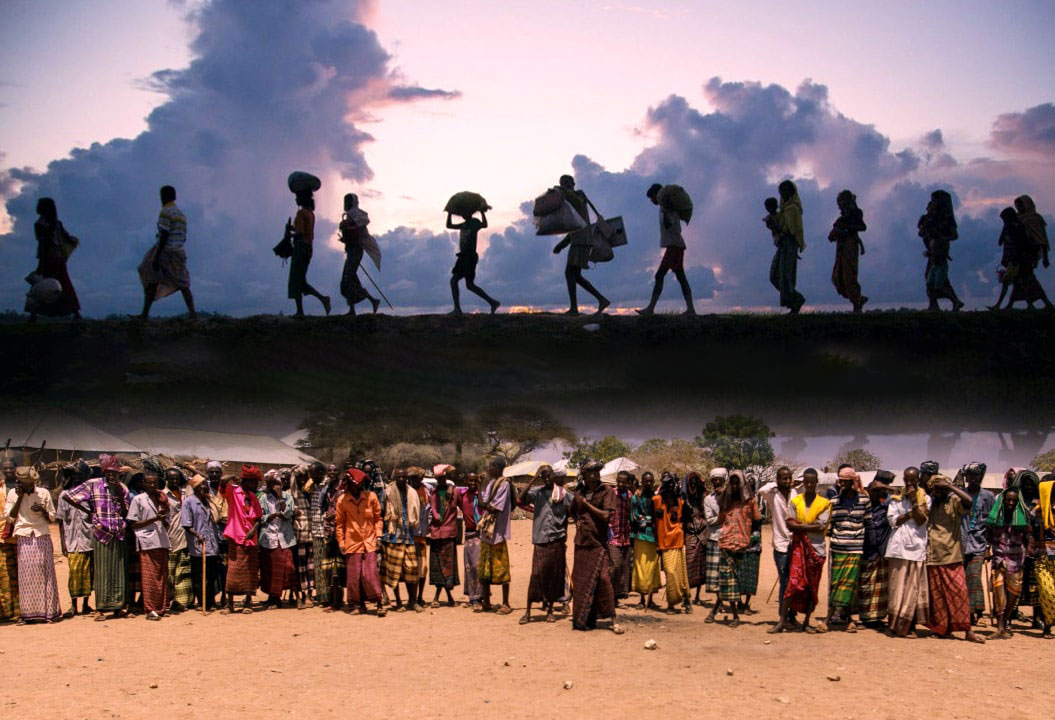
Photo: Reuters
The term “migrant” is used to refer to people who have moved from their homeland to another region for some reason. If the reason for moving is labor, then it is called a labor migrant, today another term - “climate migrant” is actively used.
Who are climate migrants?
When the nature of a certain area changes from its original state and becomes an area where it is difficult for more people to live, the local population starts to leave that place. In such a place, it becomes difficult or impossible to live, make a living, and lead a life. Droughts, rising sea levels, loss of agricultural land, and floods force people to move to areas where livelihoods are easier, and these are called climate migrants.
This term is not new to mankind. Over the centuries, due to various natural changes, ice ages or volcanoes, people moved to places convenient for them.
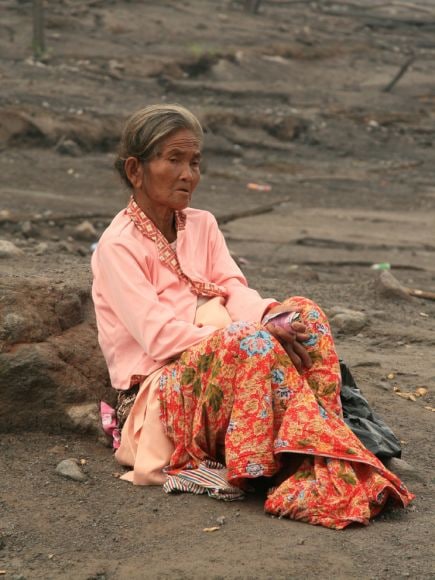
Areas with the most migration
According to the Internal Displacement Migration Center’s 2022 report, 2021 saw 38 million international displacements. 23.7 million of them were caused by various natural disasters. More than 94% of these displacements are the result of weather-related hazards such as storms, floods and droughts, mostly in East Asia, the Pacific and South Asia.
In 2021, the most internal displacements occurred in China (6 million people), the Philippines (5.7 million people), India (4.9 million people), Congo (888 thousand people) and Vietnam (780 thousand people) due to natural disasters.
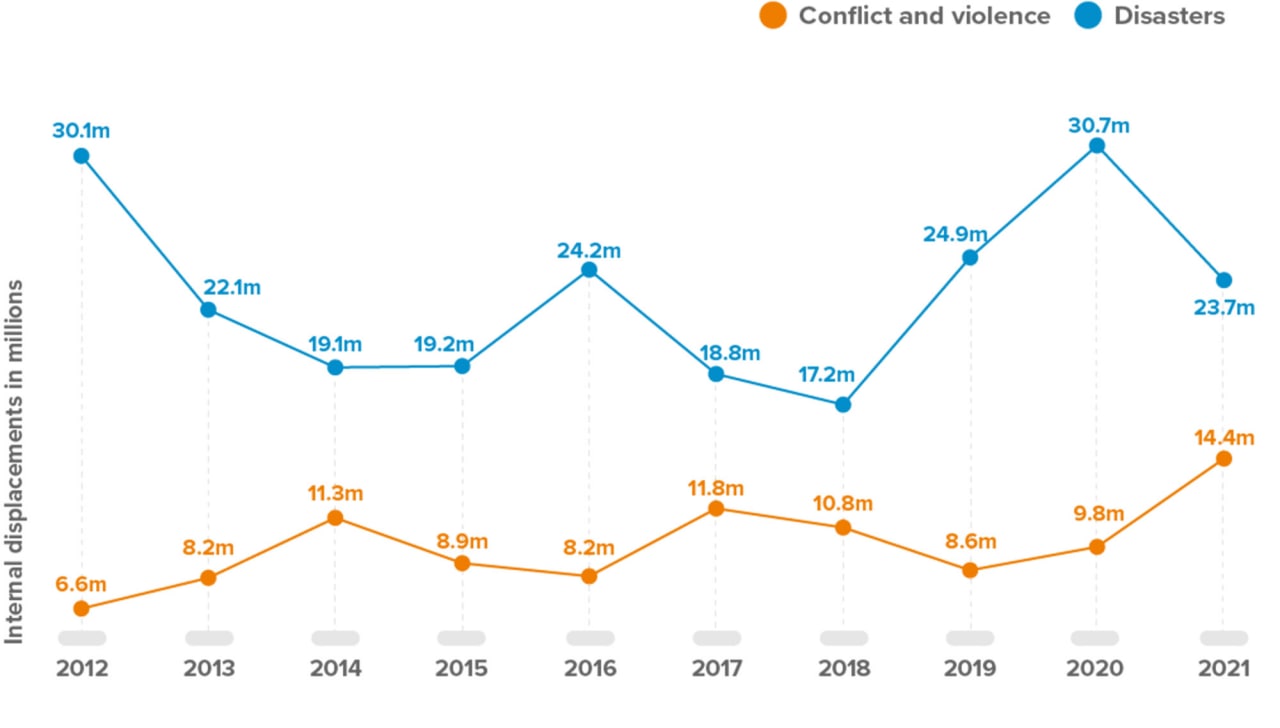
Probabilities in the next 30 years
Drought and sea level rise are slowly affecting people’s lives. According to the World Bank’s Groundswell report, if serious action is not taken to reduce greenhouse gases by 2050, climate change will lead to the displacement of 216 million people in six regions of the world - sub-Saharan Africa, South Asia, Latin America, East Asia and the Pacific, North Africa, Eastern Europe and Central Asia.
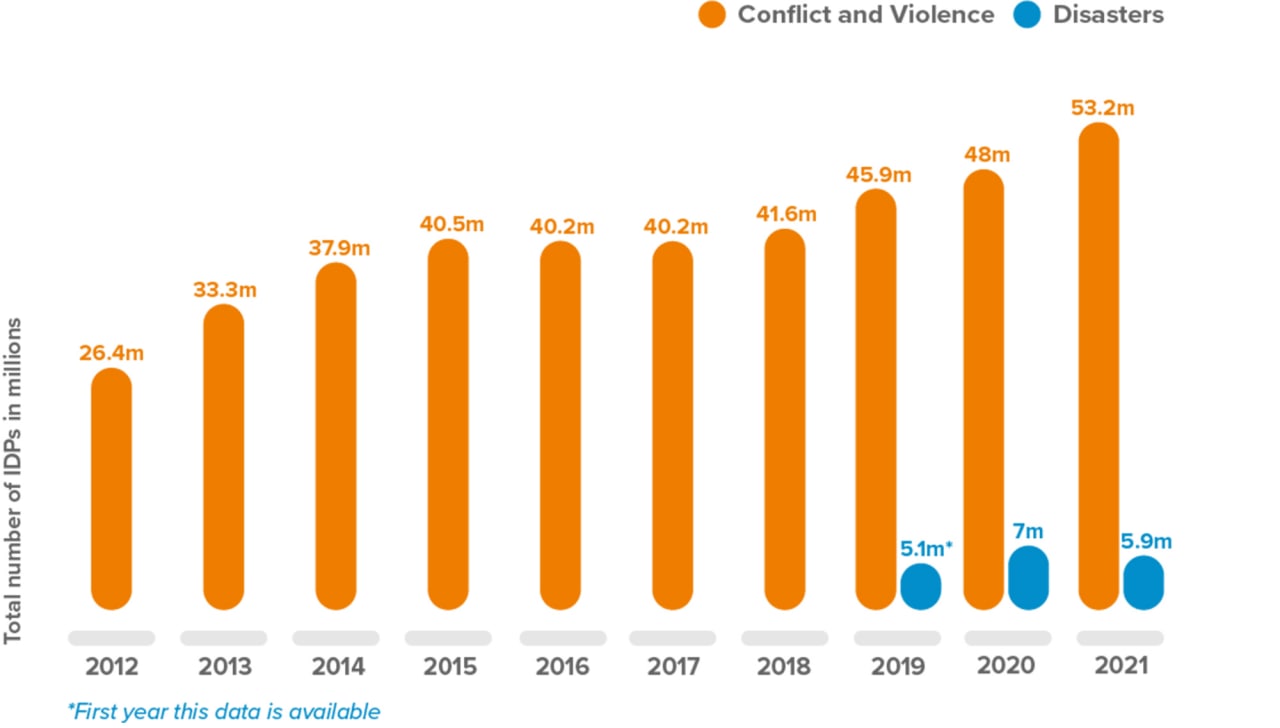
The Intergovernmental Panel on Climate Change estimates that between 1990 and 2100 sea levels could rise by a total of 0.18 to 0.6 meters. And the problems with this have already started.
For example, about half of the population of Bangladesh lives 5 meters below sea level. In 1995, half of Bhola Island in Bangladesh was submerged by rising sea levels, leaving 500,000 people stranded. It is estimated that the country will lose 17% of its land to floods by 2050. This could lead to up to 20 million climate refugees in Bangladesh.
In addition, the Maldives in the Indian Ocean, the Marshall Islands, and the city of Venice in Italy are also at the forefront of the areas that are sinking under water.

As the water level rises, the desertification of dry lands continues. For example, the Gobi desert in China is expanding by 3,600 square kilometers every year. As a result, the agricultural area is turning into a desert, and the people are moving to other cities in China to live.
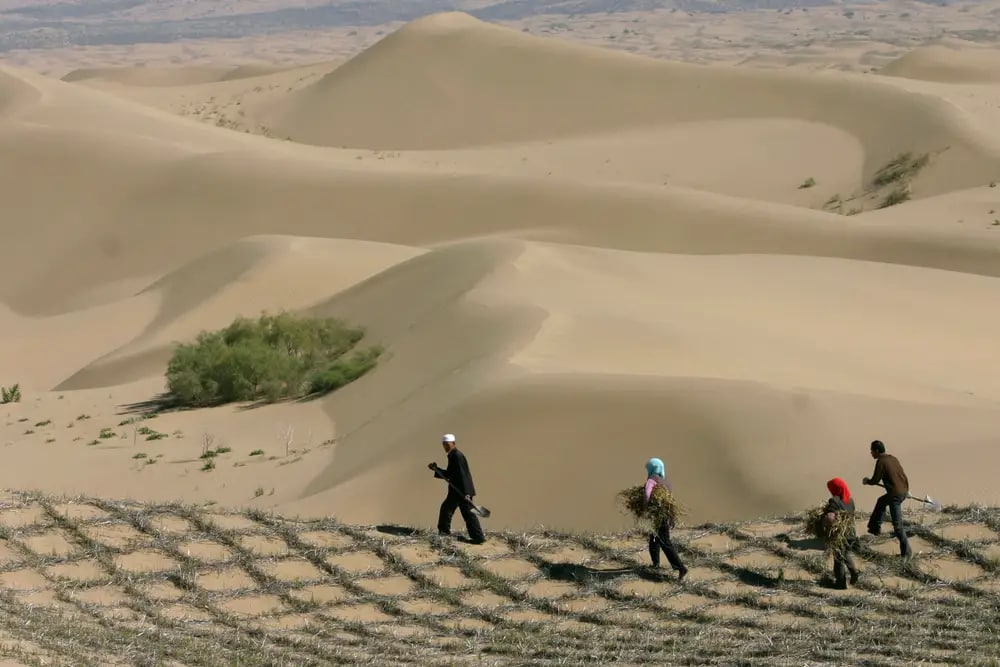
Morocco, Tunisia and Libya are losing more than 1,000 square kilometers of fertile land due to desertification every year. The population is forced to seek refuge in the Maghreb, which is located in the northwest of Africa, or in Europe.
Climate migrants caused by the Aral Sea
In Central Asia, the majority of the population lives in villages. In some countries of the region, up to 45% of GDP and 20-50% of jobs are related to agriculture. This is a sign that Central Asia should be more concerned about its own land. Drought and other extreme weather conditions in the region are leading to limited water resources and land degradation. This speeds up migrations.
In particular, the drying up of the Aral Sea of Uzbekistan is seriously affecting the living conditions of the people of Karakalpakstan. The Muynak district, located in the south of the Aral Sea, remains the region most affected by the drying up of the sea.
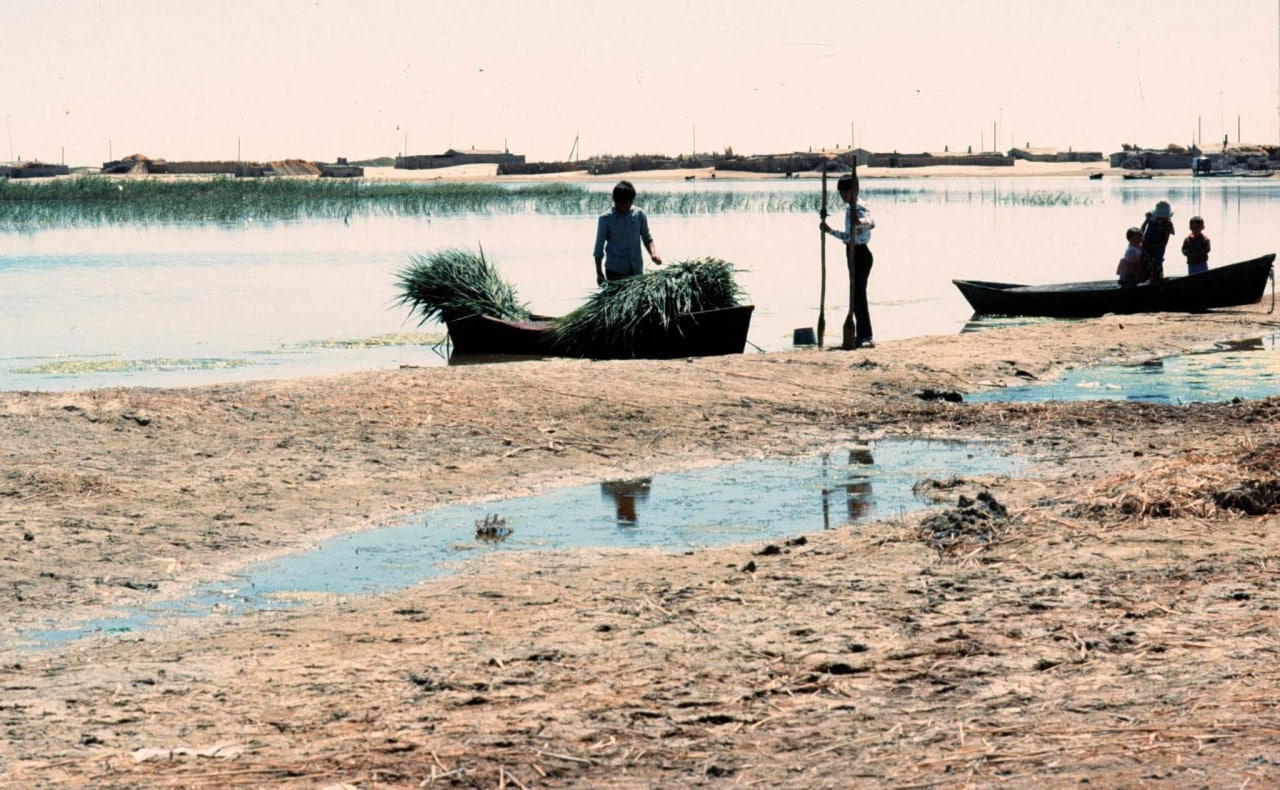
The government is taking measures to improve the living conditions of the district residents. For example, in 2021, a one-time aid of 5 million soums was distributed to residents of the district, the “Muynoqga madad” (“Assistance to Muynak”) charity eco-bicycle marathon and a number of other economic measures encouraged them in a certain sense. But it remains impossible to improve the ecology of the area. This causes the population to leave their land and the emergence of climate migrants.
Related News
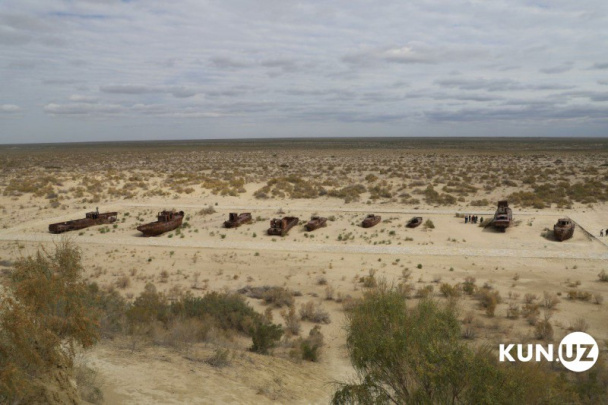
09:17
Uzbekistan to launch Aral Valley Hub and Climate Expo to address Aral Sea crisis
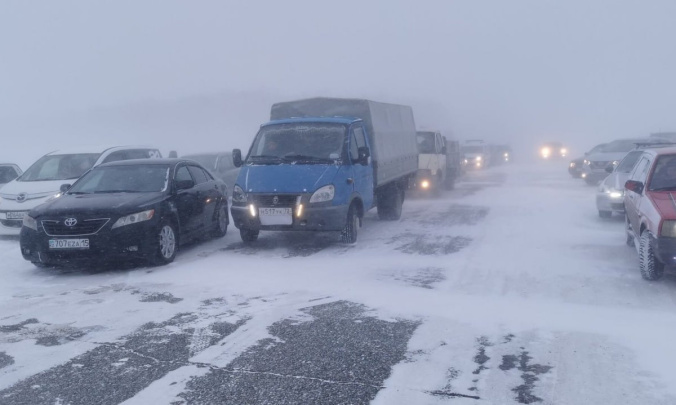
16:00 / 11.11.2024
Migration Agency urges citizens of Uzbekistan in Kazakhstan to exercise caution and avoid traveling in cold weather
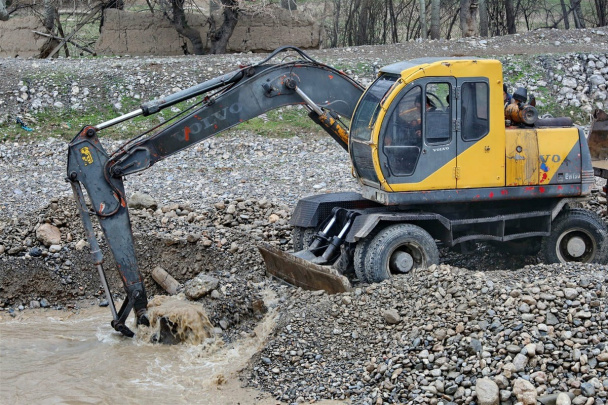
12:06 / 02.11.2024
Uzbekistan enacts revised law on subsoil resources to attract investment and ensure sustainable use

17:16 / 01.11.2024



